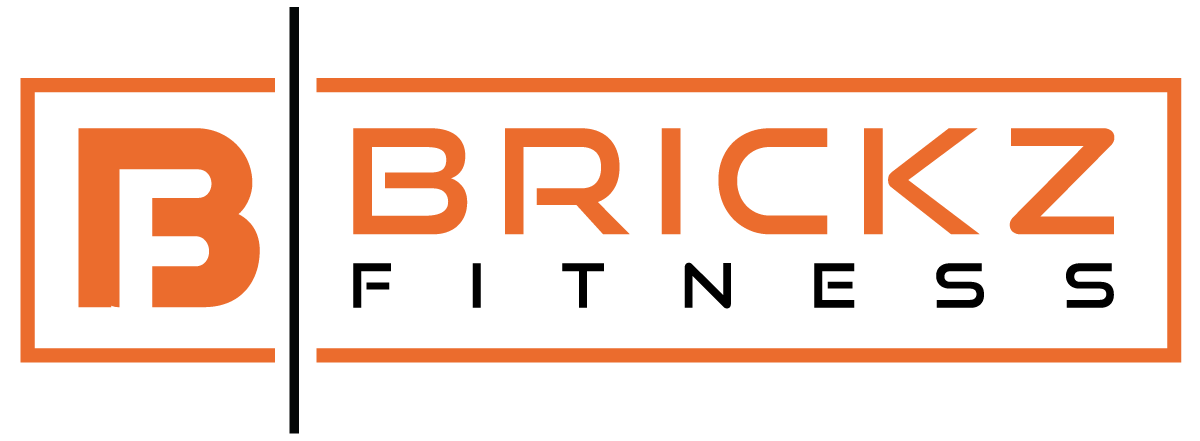Building a Strong Foundation
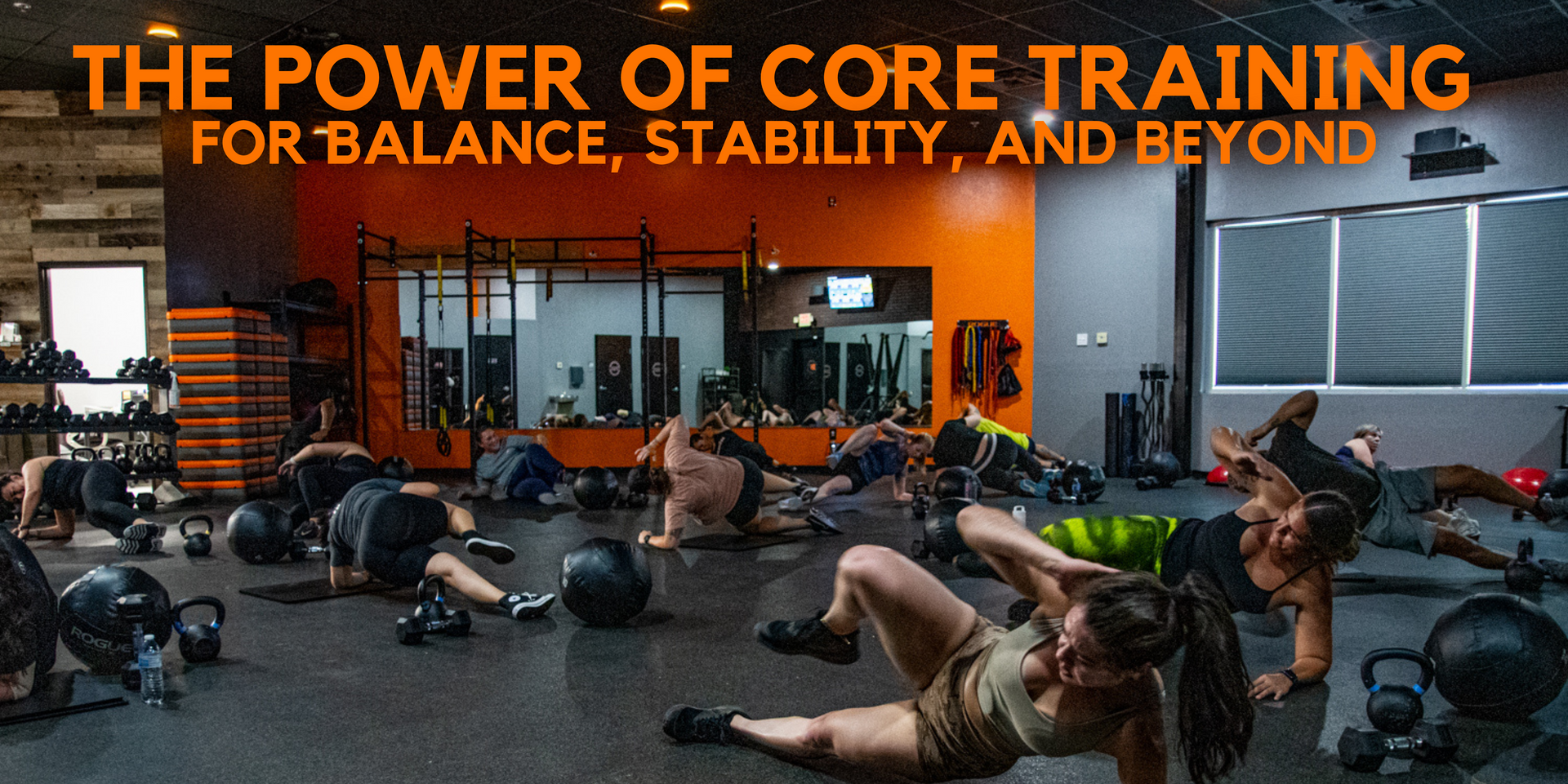
In the realm of fitness and athleticism, the core stands as the epicenter of strength and stability. Often misconstrued as merely the abdominal muscles, the core encompasses a complex network of muscles that extend from the pelvis to the shoulders, forming a robust foundation for all body movements. This blog dives deep into the significance of core training, shedding light on how it not only cultivates balance and stability but also ripples positive effects across various facets of our physical well-being.
Understanding the Core: Beyond Six-Pack Abs
The core is far more intricate than the elusive six-pack abs commonly associated with it. It comprises several muscle groups, including the rectus abdominis (front of the abdomen), obliques (sides), transverse abdominis (deep stabilizer), and multifidus (back stabilizer). Additionally, it involves muscles such as the erector spinae, pelvic floor, and even the diaphragm. Collectively, these muscles work in synergy to provide the foundation for posture, movement, and balance.
The Crucial Role of Core Training
- Enhanced Balance and Stability: Core muscles stabilize during dynamic movements and everyday activities. Strengthening these muscles improves proprioception—the body's sense of its position—and helps prevent falls and injuries, especially in activities like running, cycling, and even simple tasks like walking on uneven surfaces.
- Improved Posture: A strong core supports the spine's proper alignment, which is integral to maintaining good posture. A misaligned spine can lead to various issues, such as back pain, neck strain, and reduced movement efficiency.
- Injury Prevention: A stable core helps distribute forces evenly throughout the body, reducing the risk of overuse injuries. It acts as a natural "brace" during weightlifting, protecting the spine from excessive strain.
- Functional Strength: Core training enhances functional strength, leading to better performance in various sports and activities. Whether lifting weights, practicing yoga, or playing basketball, a strong core contributes to power and agility.
- Transfers to Other Exercises: Many exercises and movements require core engagement as a foundation. A strong core is essential for proper form and maximal performance, from squats and deadlifts to yoga poses and kettlebell swings.
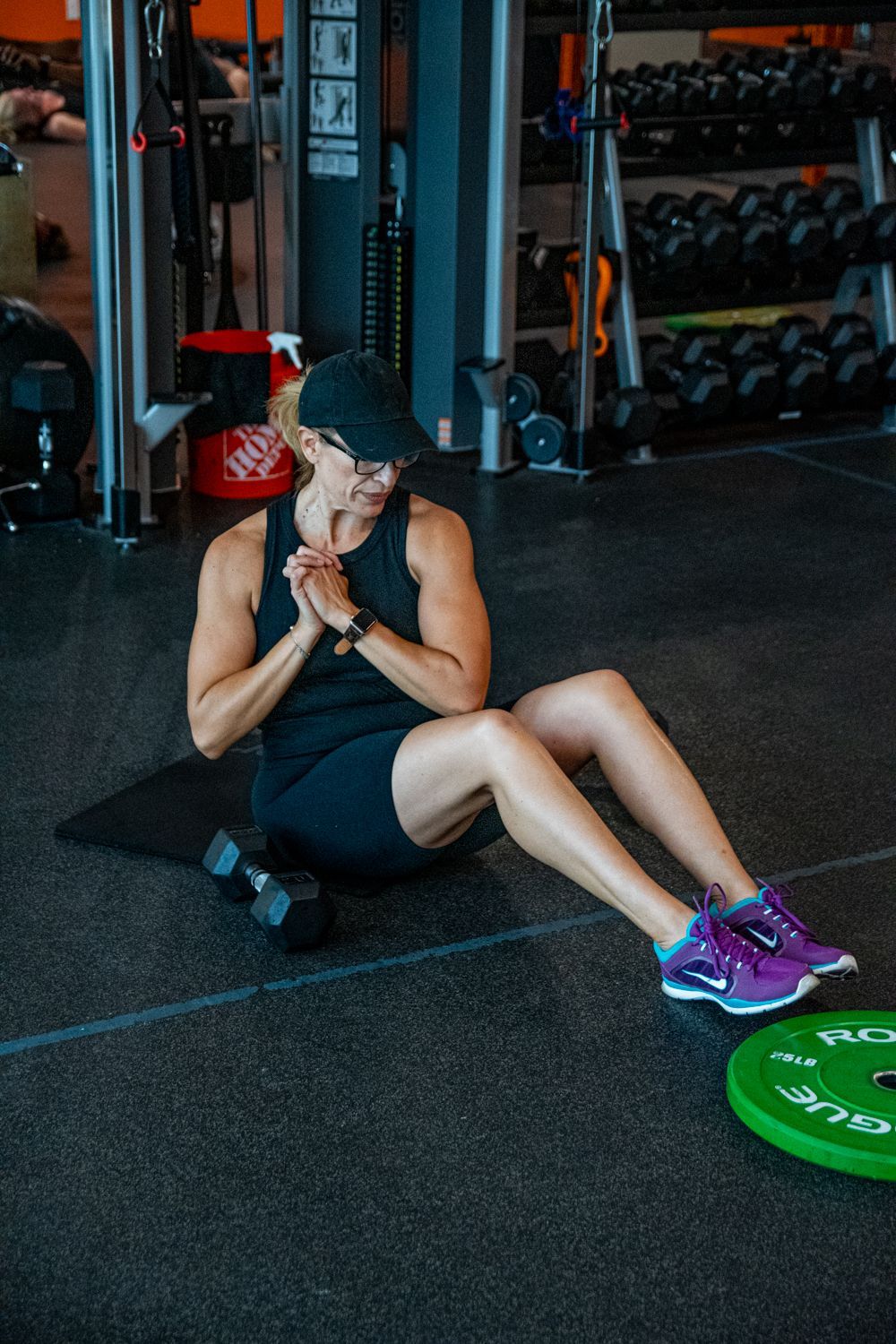
Beyond Physical Benefits: Mental and Everyday Gains
- Increased Confidence: As core strength improves, so does overall body awareness. This newfound awareness can lead to increased self-confidence and a positive body image.
- Mind-Body Connection: Core training encourages a deeper connection between the mind and body. Concentrating on engaging and activating specific core muscles during exercises fosters mindfulness and body consciousness.
- Reduced Lower Back Pain: Core strength often correlates with reduced lower back pain, as a strong core stabilizes the spine and alleviates strain on the lumbar region.
- Improved Breathing:
The diaphragm, a key core component, plays a pivotal role in breathing. A well-conditioned core can improve breathing patterns and lung capacity.
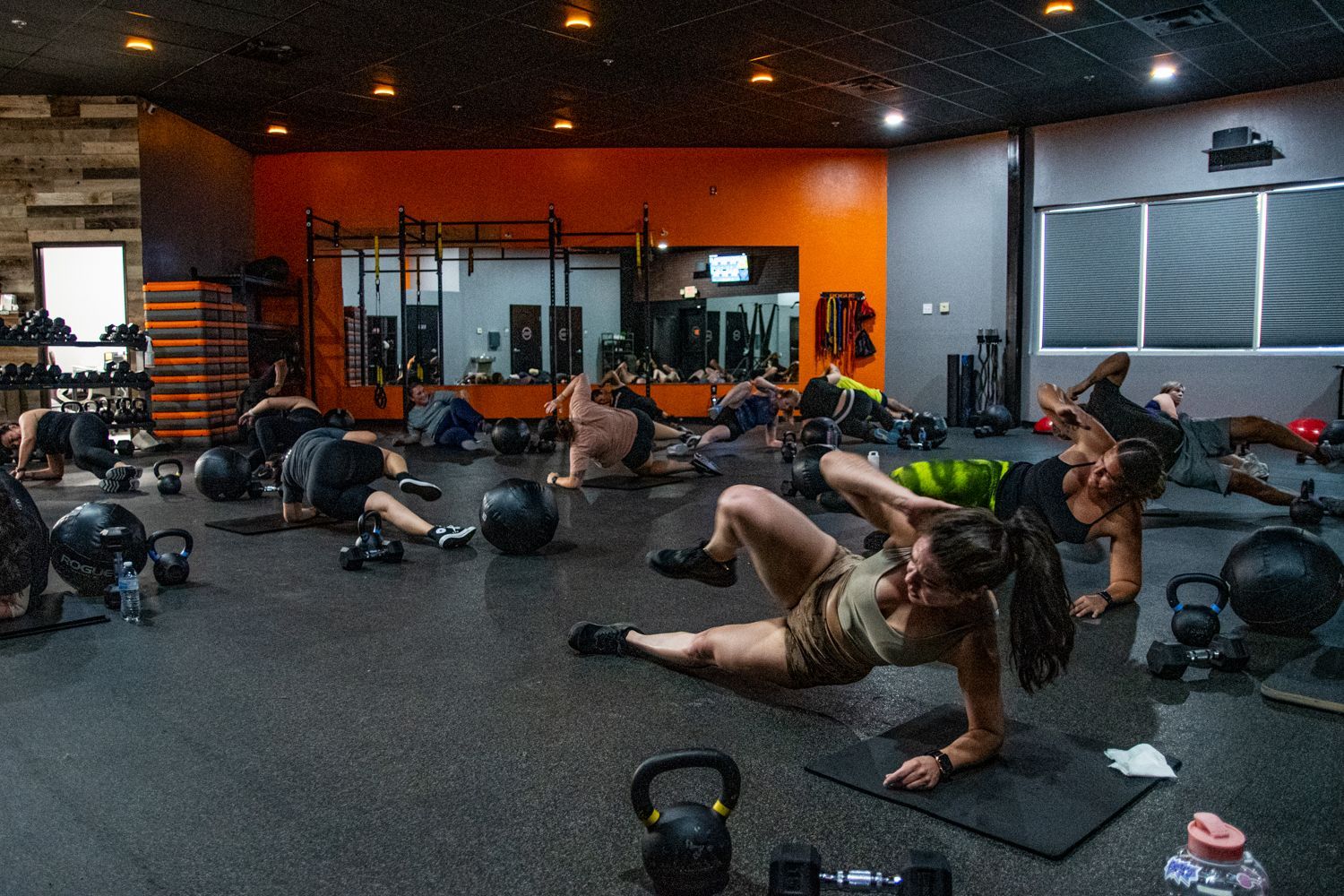
Incorporating Core Training into Your Routine
- Variety: Core training isn't limited to crunches. Incorporate a mix of exercises such as planks, Russian twists, leg raises, and bridges to engage different core muscles.
- Balance Challenges: Utilize balance tools like stability balls, Bosu balls, and wobble boards to add an extra dimension of challenge to your core exercises.
- Functional Movements: Focus on exercises that mimic real-life movements. For example, lifting a weight from the ground or twisting to pick something up.
- Consistency: Like any fitness endeavor, consistency is key. Aim to incorporate core exercises into your routine at least 2-3 times weekly.
- Progressive Overload:
Gradually increase the intensity of your core workouts by adding resistance, increasing repetitions, or extending the duration of holds.
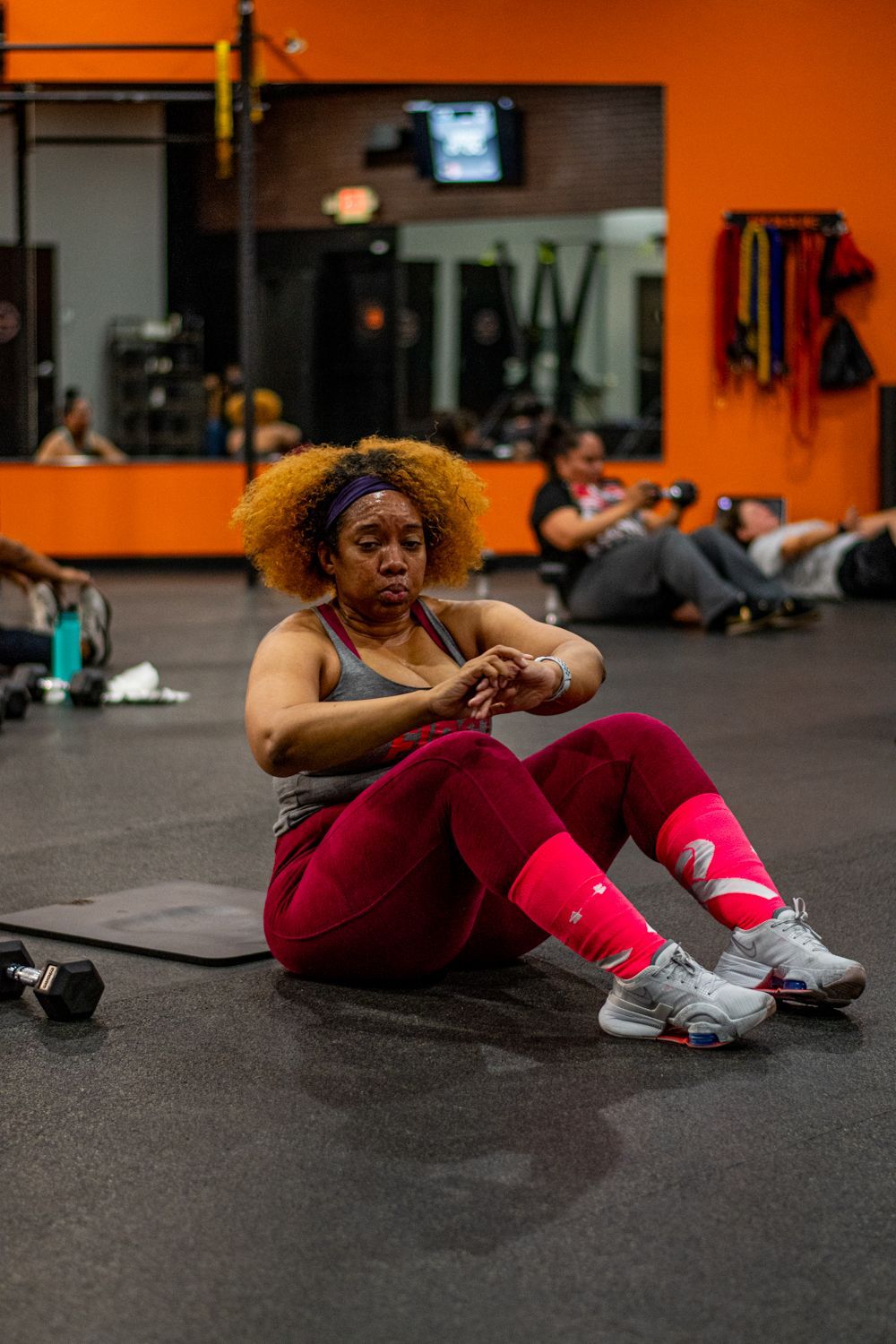
Core training is far more than aesthetics—it's about creating a strong foundation that radiates through every facet of your physical and mental well-being.
A strong core is a gateway to a more resilient, confident, and capable you, from bolstering balance and stability to enhancing posture and functional strength.
So, whether you're an athlete striving for peak performance or improving their overall quality of life, investing in core training is a step toward achieving a more balanced, stable, and empowered self.
